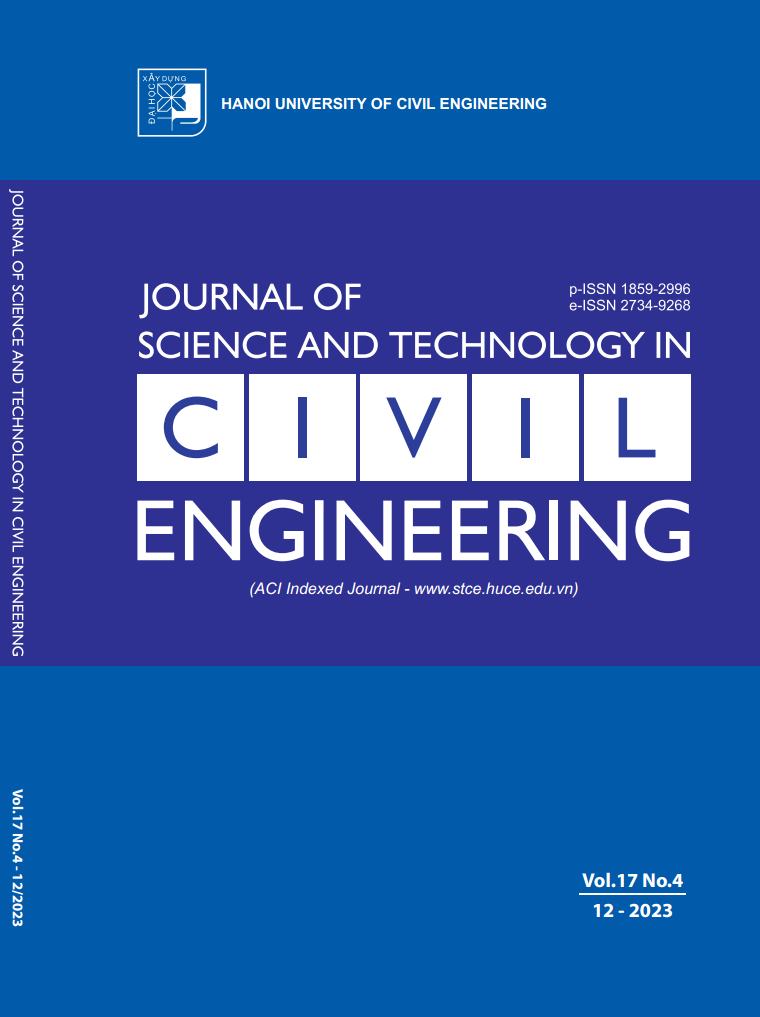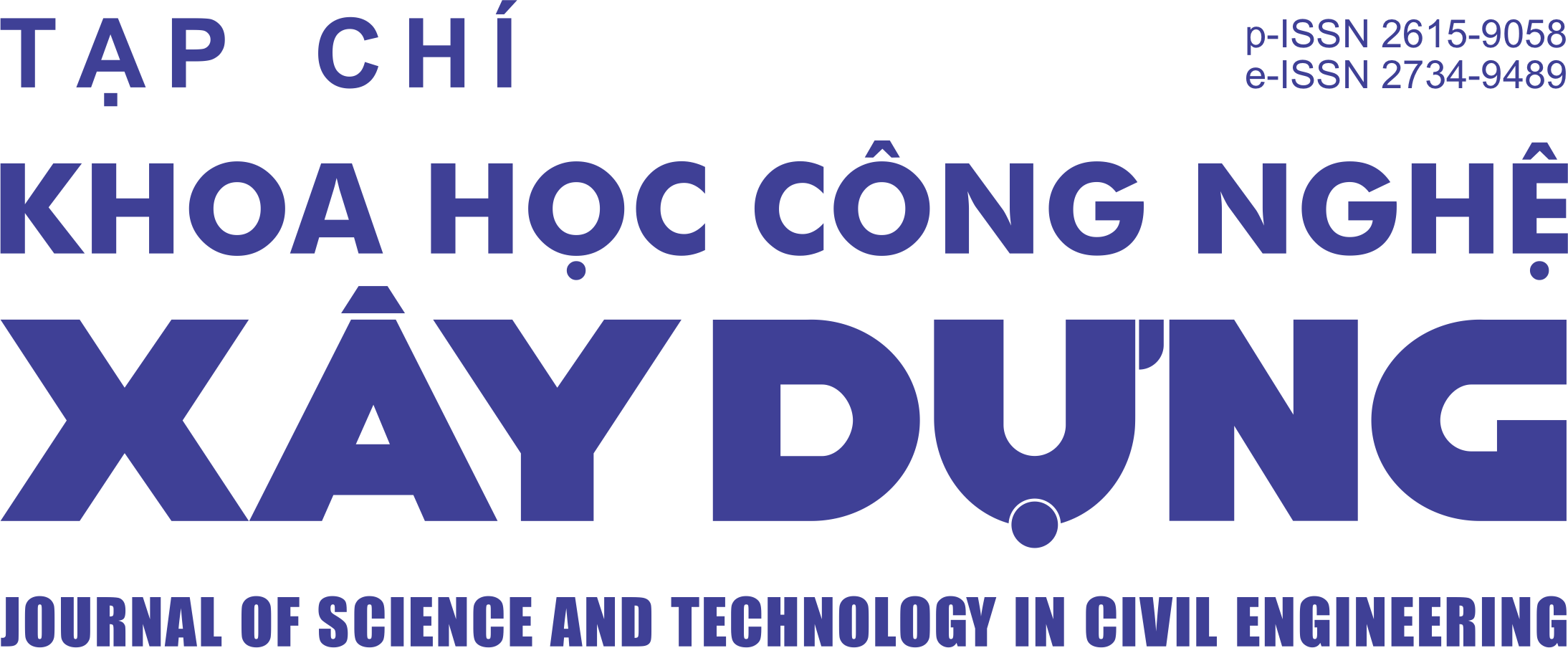Development of a procedure for model selection in machine learning-based methods for structural damage detection
Abstract
Output-only methods based on machine/deep-learning algorithms are highly practical approaches for timely detecting potential damages in civil structures as they directly employ measured vibration signals but do not
require exact knowledge of input loading nor the service interruption for manual inspection. However, there is
no one-size-fits-all model that is optimal for all problems in different perspectives; hence, it is necessary to
discover the advantages as well as drawbacks of different models, then leverage these understandings to select
the most appropriate model for specific structures in reality. Therefore, this study develops a framework that
facilitate the model selection by extensively comparing various machine learning-based methods ranging from
relatively simple ones such as Na¨ıve Bayes to complex ones such as the extreme boosting tree-based ensemble
model. The framework can provide comparison results include various aspects such as model complexity, training time, detection accuracy, and inference time.
Downloads
Copyright (c) 2023 Hanoi University of Civil Engineering

This work is licensed under a Creative Commons Attribution-NonCommercial-NoDerivatives 4.0 International License.
1. The Author assigns all copyright in and to the article (the Work) to the Journal of Science and Technology in Civil Engineering (JSTCE) – Hanoi University of Civil Engineering (HUCE), including the right to publish, republish, transmit, sell and distribute the Work in whole or in part in electronic and print editions of the Journal, in all media of expression now known or later developed.
2. By this assignment of copyright to the JSTCE, reproduction, posting, transmission, distribution or other use of the Work in whole or in part in any medium by the Author requires a full citation to the Journal, suitable in form and content as follows: title of article, authors’ names, journal title, volume, issue, year, copyright owner as specified in the Journal, DOI number. Links to the final article published on the website of the Journal are encouraged.
3. The Author and the company/employer agree that any and all copies of the final published version of the Work or any part thereof distributed or posted by them in print or electronic format as permitted herein will include the notice of copyright as stipulated in the Journal and a full citation to the Journal as published on the website.







